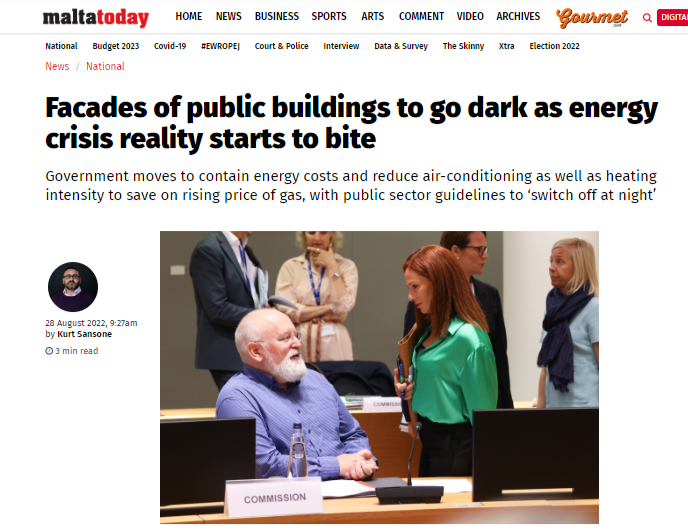If you think that weather manipulation is something imaginary, or another conspiracy theory, then we will continue with some facts.
With the usual trick of first we create the chaos, then we bring in the order, the ardo ab chao usual thing, or we first create the problem and then we bring in the solution, China has resorted to cloudseeding in order to “alleviate power shortages and bring more water to the drought-hit basin of the Yangtze river” when the country battled a heatwave.
To do this, China has resorted to seeding clouds.
Because, their modus operandi is always the same: we create a problem, (weather manipulation); the reaction would be disruption, and the solution would be weather modification (cloud seeding).
When China was hit for more than two months with high temperatures, which “disrupted crop growth, threatened livestock and forced industries in the hydropower-dependent regions of the south-west to shut down to ensure electricity supplies for homes.”
The Sichuan Daily had also reported that there was an “official call to cut electricity use” while “governments were asked to set air conditioners no lower than 26C (79F) and use the stairs instead of lifts.” Doesn’t this cut in electricity use and setting airconditioners to a lower temperature remind you of something?


At night, fountains, light shows and commercial activities were suspended. Doesn’t this also remind you of something?

So, what does the Chinese government do? It resorted to cloud seeding, meaning it sent “airplanes to fire the chemical silver iodide into the clouds.”
Do you still think that the fact that they spray chemicals in the skies is just a product of a fertile imagination?
So, if they can spray stuff to induce rain, don’t you think that they can also spray stuff to induce other weather elements, like heat and wind?
But of course, they will tell you that it is for your own good when nothing that they do is by chance and nothing that they do, is for your own health and safety.

